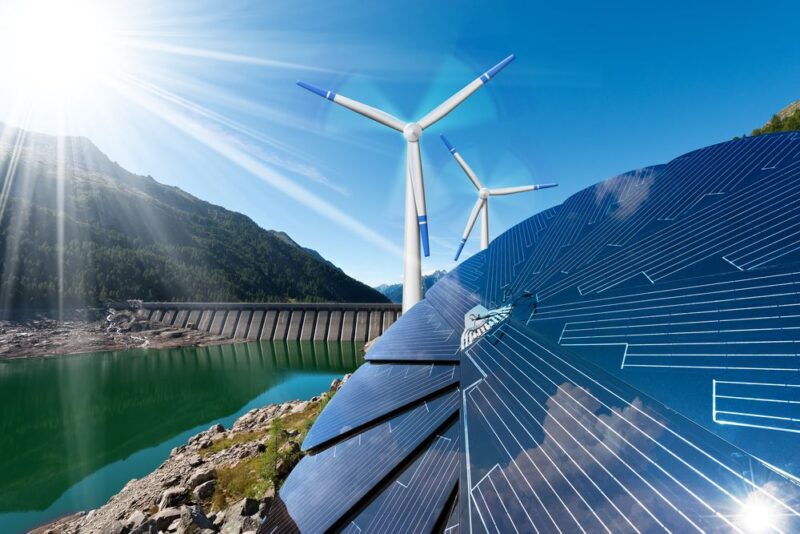A recent publication from Eurostat highlights Morocco’s energy and environmental advancements among the countries of the European Neighborhood Policy – South (ENP-South).
**A leader in renewable energy**
In 2020, Morocco produced 80.6% of its primary energy from renewable sources, making it a model to follow in the region. Despite this performance, the country remains heavily dependent on energy imports, with 19.1 million tons of oil equivalent (toe) imported that same year, more than any other country in the ENP-South.
**Comparison with other nations in the region**
Algeria, a major producer of natural gas and petroleum products, recorded 164 million toe in 2021, positioning itself at the top of energy production in the region. Egypt follows with 91.9 million toe, while Israel produced 17.1 million toe thanks to its natural gas resources.
**Energy dependence and consumption**
The ENP-South countries show significant variations in energy dependence. In 2021, Israel had a dependence of 27.5%, while Libya reached 102.4% in 2020. Morocco, for its part, had a dependence of 88.3% in 2020.
**Progress in renewable energies**
Morocco is also ahead in green electricity production, with 18.4% of its electricity coming from renewable sources in 2021. In Palestine, this share was 27%, but countries like Algeria and Tunisia did not exceed 5%.
**Greenhouse gas emissions**
Despite its efforts in renewables, Morocco saw its greenhouse gas emissions increase by 45.3% between 2010 and 2020, reaching nearly 2.9 tons per person in 2020. This phenomenon reflects ongoing environmental challenges.
**Special relations with the European Union**
Morocco maintains particularly developed relations with the European Union within the framework of the ENP. An association agreement in force since 2000 and the “Advanced Status” obtained in 2008 testify to this close cooperation. In 2021, the EU sought to modernize its trade and investment relations with Morocco.
**Regional context**
In terms of energy consumption per capita, figures vary significantly, with Morocco at 0.6 toe per capita and Egypt at 1.2 toe. This diversity highlights the different levels of development and energy needs within the ENP-South countries.
**Impact on climate and environment**
The increase in greenhouse gas emissions in several countries in the region is explained by rapid economic and demographic growth, surpassing that of the EU. This trend highlights the challenges of reconciling economic development and environmental sustainability.
This Eurostat report underscores not only Morocco’s progress in renewable energy but also the persistent challenges related to energy dependence and greenhouse gas emissions management.


